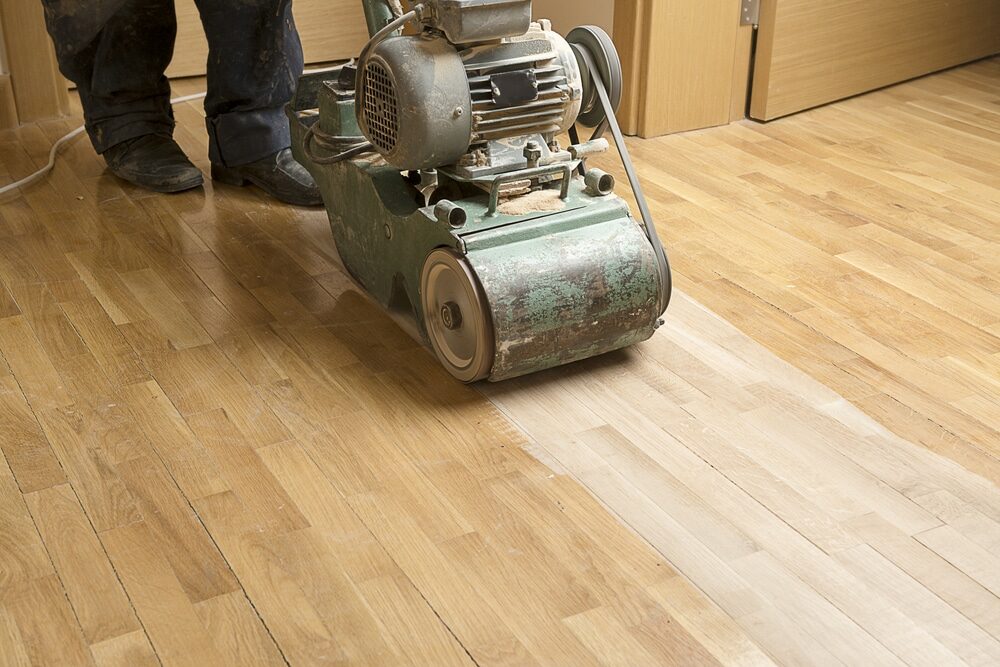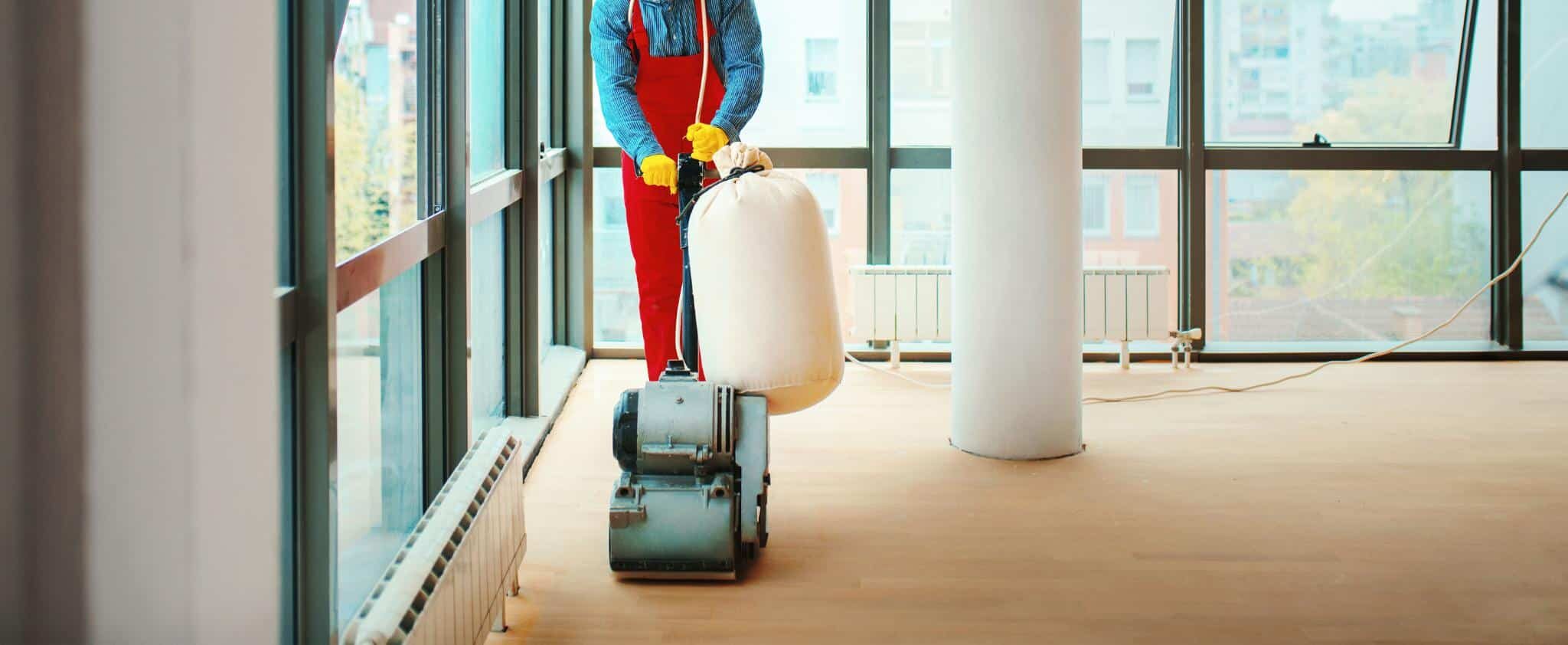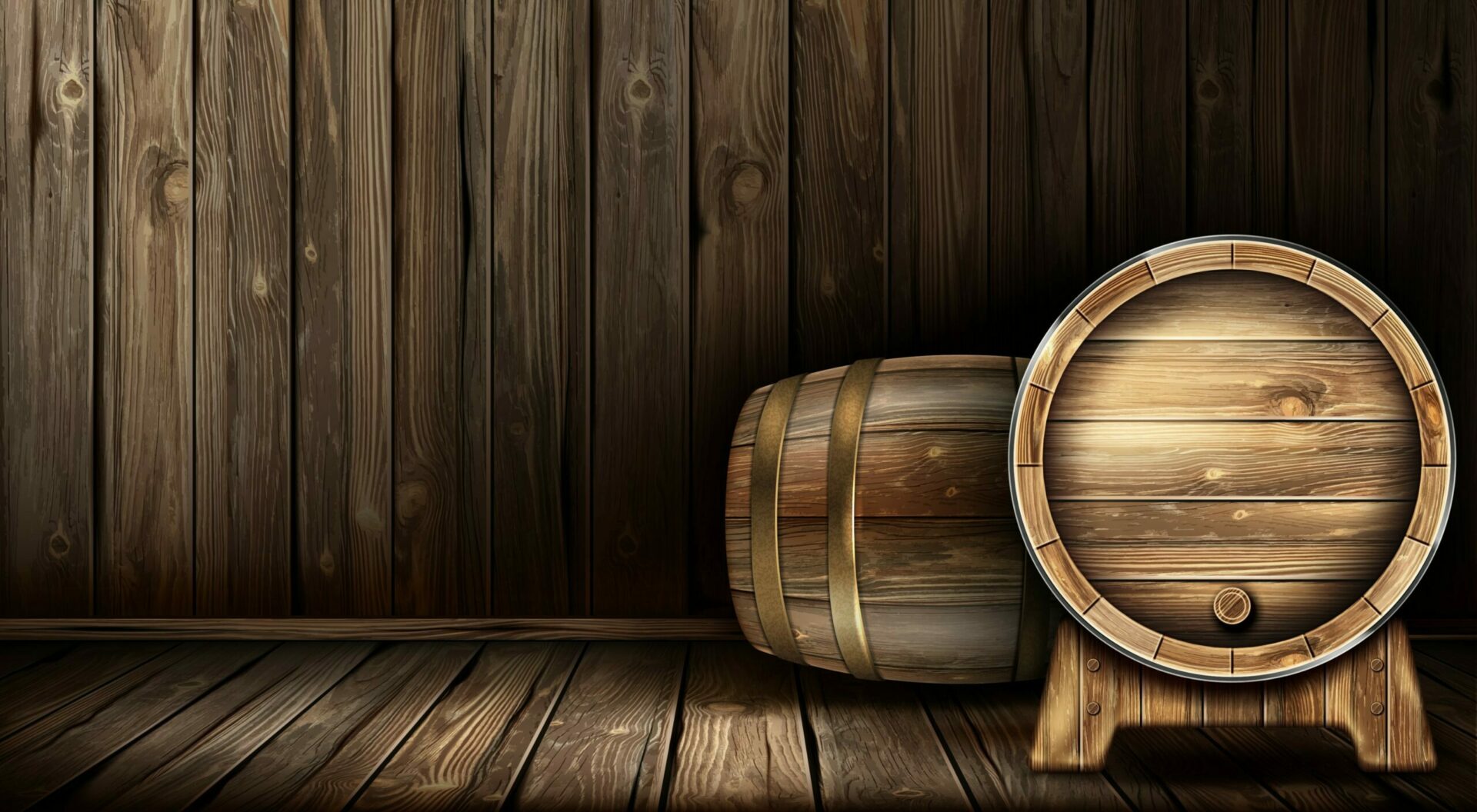London:
Nationwide:
Maximizing the Lifespan of Your Wood Floors: The Right Approach to Floor Sanding and Maintenance
Posted on May 15, 2023
Floor Sanding News
Proper Sanding and Maintenance: The Key to Maximizing Your Wood Floors’ Lifespan
The timeless appeal of wood floors lies not only in their aesthetic charm but also in their durability. However, maintaining the natural beauty of wood flooring requires regular care and the correct approach to essential maintenance tasks like floor sanding. This comprehensive guide will provide insights into maximising the lifespan of your wood floors, with a focus on the right approach to floor sanding and maintenance.
The Importance of Floor Sanding
Floor sanding is a critical part of long-term maintenance for wood flooring. Over time, wood floors can lose their sheen and smoothness due to regular use, scratches, and minor damage. Floor sanding helps remove the top layer of the wood, expose a fresh layer underneath, and restore the floor’s original lustre. However, there is a common misconception that frequent sanding is necessary to keep the floor in good condition. This is not the case. In fact, oversanding can be harmful to your wood floors.
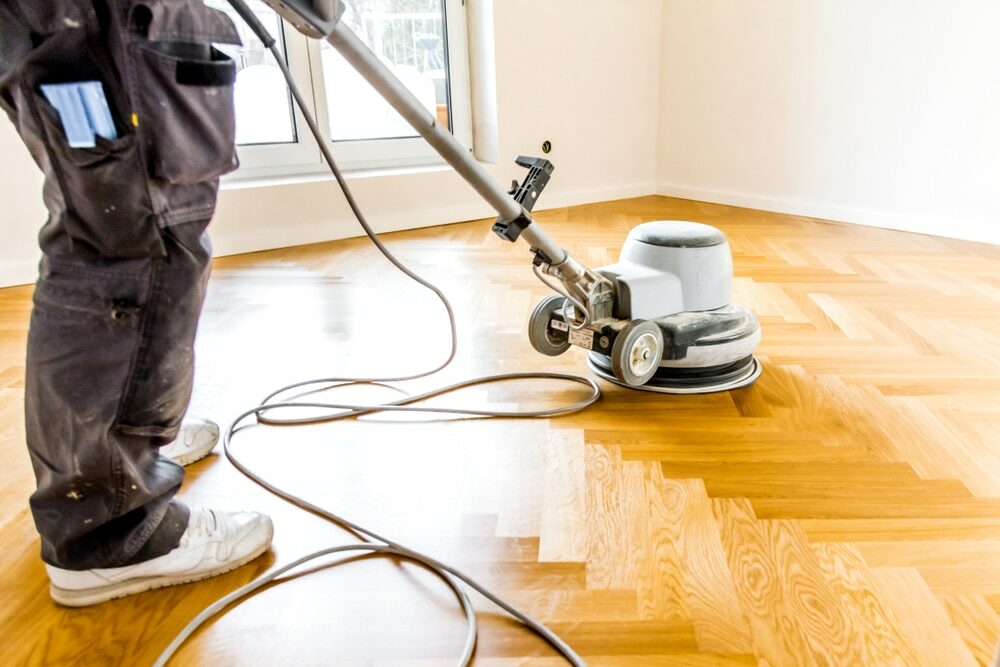
The Potential Harm of Oversanding
Over sanding can actually be detrimental to your wood floors. Each round of sanding thins the boards, which can eventually lead to breakages and splinters. In a typical family setting where the floor experiences routine use, sanding should ideally be required only every decade or so. If a floor appears to need sanding after only a few years, it’s likely due to either improper initial sanding or inadequate cleaning and maintenance.
Proper Cleaning and Maintenance for Wood Floors
Proper cleaning and maintenance are crucial to prolonging the life of your wood floors. Avoid using bleach products and harsh abrasives that can damage the wood. Often, lukewarm water is sufficient to remove light dust and dirt from the floor on a fortnightly basis, with light vacuuming in between. For floors that appear dull and lacklustre, consider using an industrial buffing machine. These machines, which are available for hire, can yield fantastic results and are relatively easy to operate.
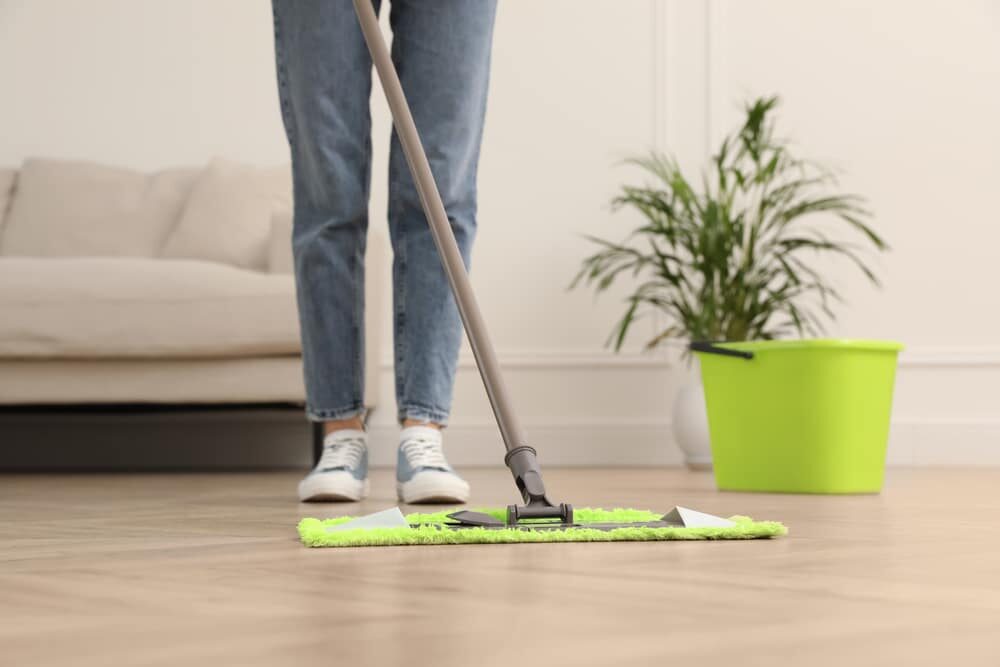
Addressing Minor Floor Issues Without Sanding
Stains, scrapes, and small gaps in your wood floor can often be handled individually without the need for complete floor sanding. The key is to identify these issues early and address them promptly, which can prevent further damage and help maintain the overall appearance of your floor. However, in cases where the floor is in extremely poor condition, full sanding may be necessary.
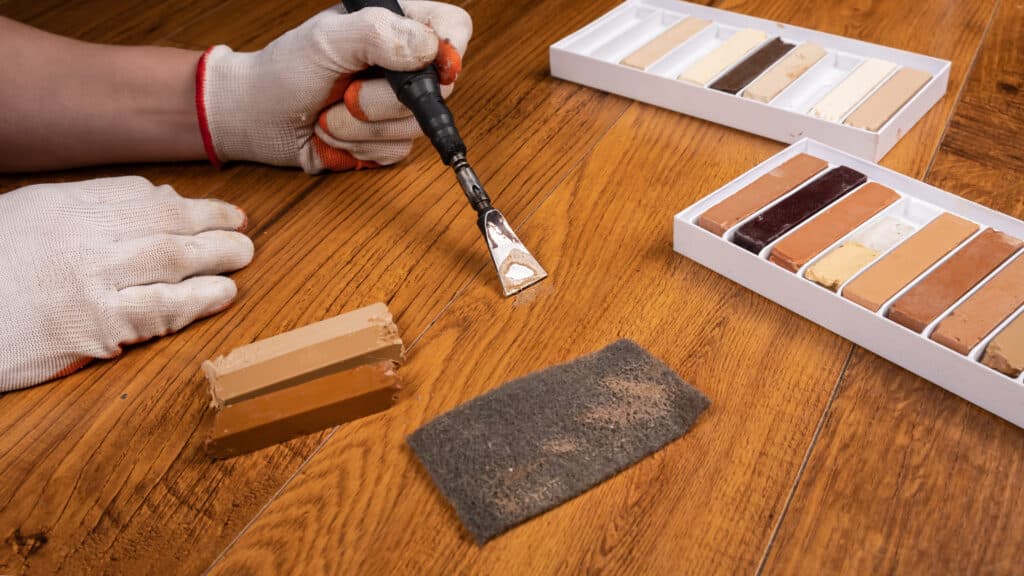
When to Opt for Professional Floor Sanding
While enthusiastic DIYers may be tempted to undertake floor sanding themselves, it’s crucial to understand that floor sanding is a job that requires specialist care and expertise. Improper sanding can lead to uneven surfaces, damage to the wood, and an overall unsatisfactory result. It’s important to equip yourself with as much knowledge as possible about the process, including health and safety information. If you choose to hire professionals for the job, ensure they are experienced and reputable.
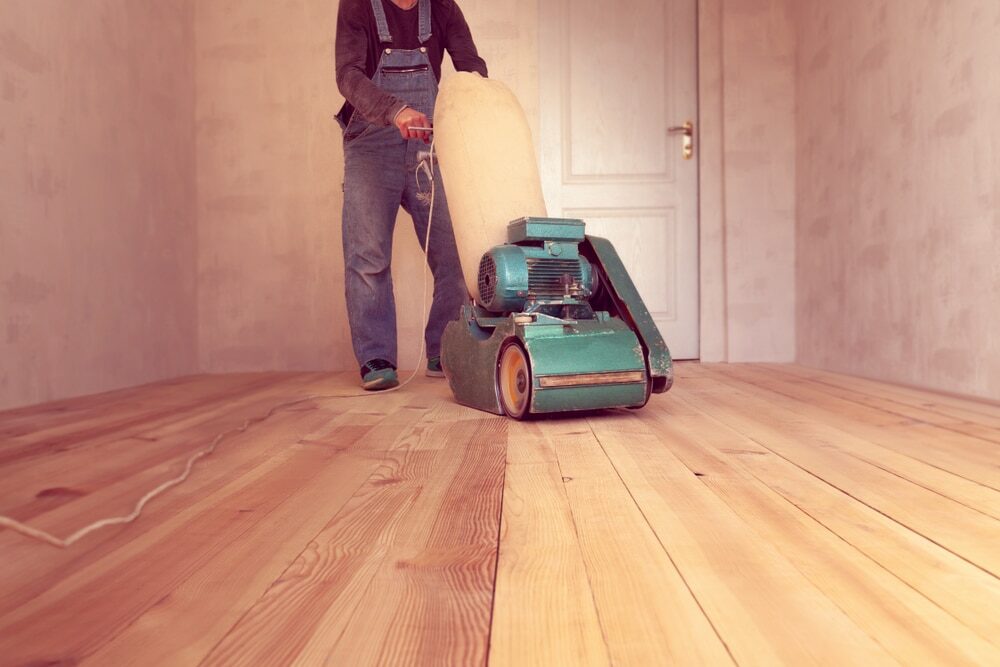
Preparing for Floor Sanding
Before embarking on the floor sanding process, take the opportunity to check the floor for flawed or loose boards and other issues. These should be addressed before sanding to ensure a smooth and flawless finish. Remember, glaring gaps between the boards will only become more apparent when the floor is sanded and finished. The goal of refinishing a floor is to showcase the wood in all its glory, which means any flaws will also be highlighted.
Finishing After Sanding
One critical rule to remember when finishing your floor after sanding is that one type of finishing product should never be applied on top of another. This means you should avoid applying varnishes, lacquers, or oils until the floor has been thoroughly sanded. Sanding makes the planks porous, allowing the finishing product to be easily absorbed into the wood. More than one coat of finish may be required, so always check the instructions for both drying times and safe usage of the product.
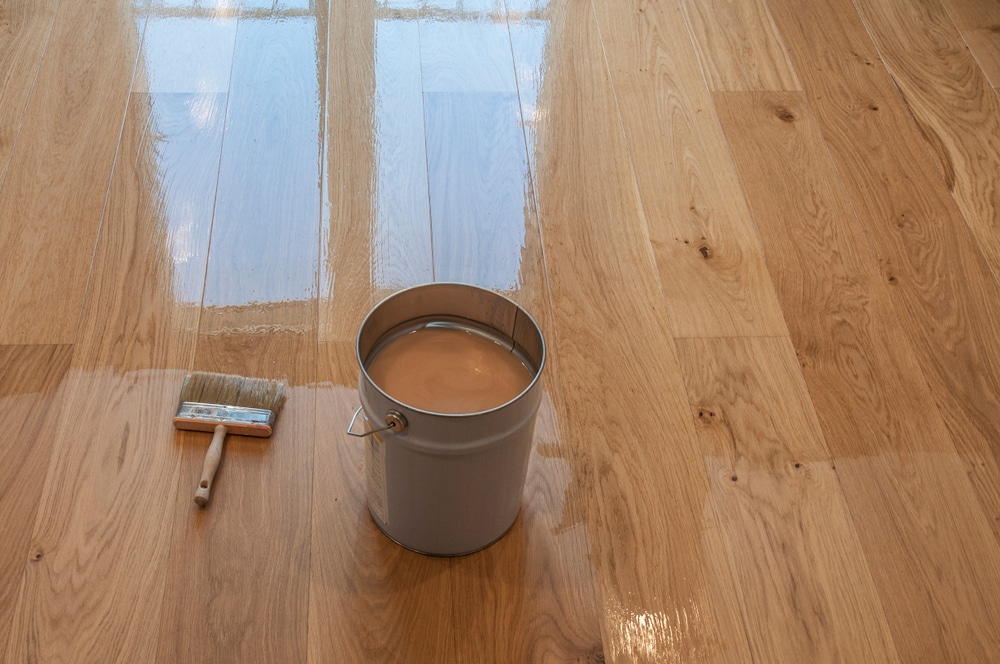
Health and Safety Precautions During Floor Sanding
Safety should always come first when embarking on a task like floor sanding. Strictly adhere to health and safety codes for interior floor maintenance. Always ensure a good flow of fresh air in the room where you are working. It’s important to keep children and pets away while work is ongoing and to seal up unused interior doors to prevent dust particles from spreading to the rest of the home. As much as possible, remove all fixtures and fittings from the room.
Wearing the appropriate personal protective equipment (PPE) is crucial. This should include safety goggles, gloves, and ear protectors. Make sure you feel comfortable and confident in the use of all machinery and tools used in the process. If you are hiring an industrial sanding machine, ensure that you know how to operate it before leaving the rental outlet.

Maximising the Lifespan of Your Wood Floors
In conclusion, while floor sanding is an essential part of maintaining the aesthetics and longevity of your wood flooring, it should be done sparingly and professionally. Over-sanding can cause more harm than good, leading to thinner boards and potential breakages and splinters.
Regular cleaning and maintenance, using appropriate products, and avoiding harsh chemicals play a significant role in keeping your floor in good condition. Addressing minor issues promptly can prevent the need for more substantial repairs or frequent sanding.
When sanding is necessary, it should be approached with care and expertise to ensure that it prolongs rather than shortens the life of the floor. Proper preparation, safety precautions, and the right finishing techniques are also crucial to achieving a beautifully restored wood floor.
With the correct approach to floor sanding and maintenance, you can maximise the lifespan of your wood floors, allowing you to enjoy their natural beauty and charm for many years to come.
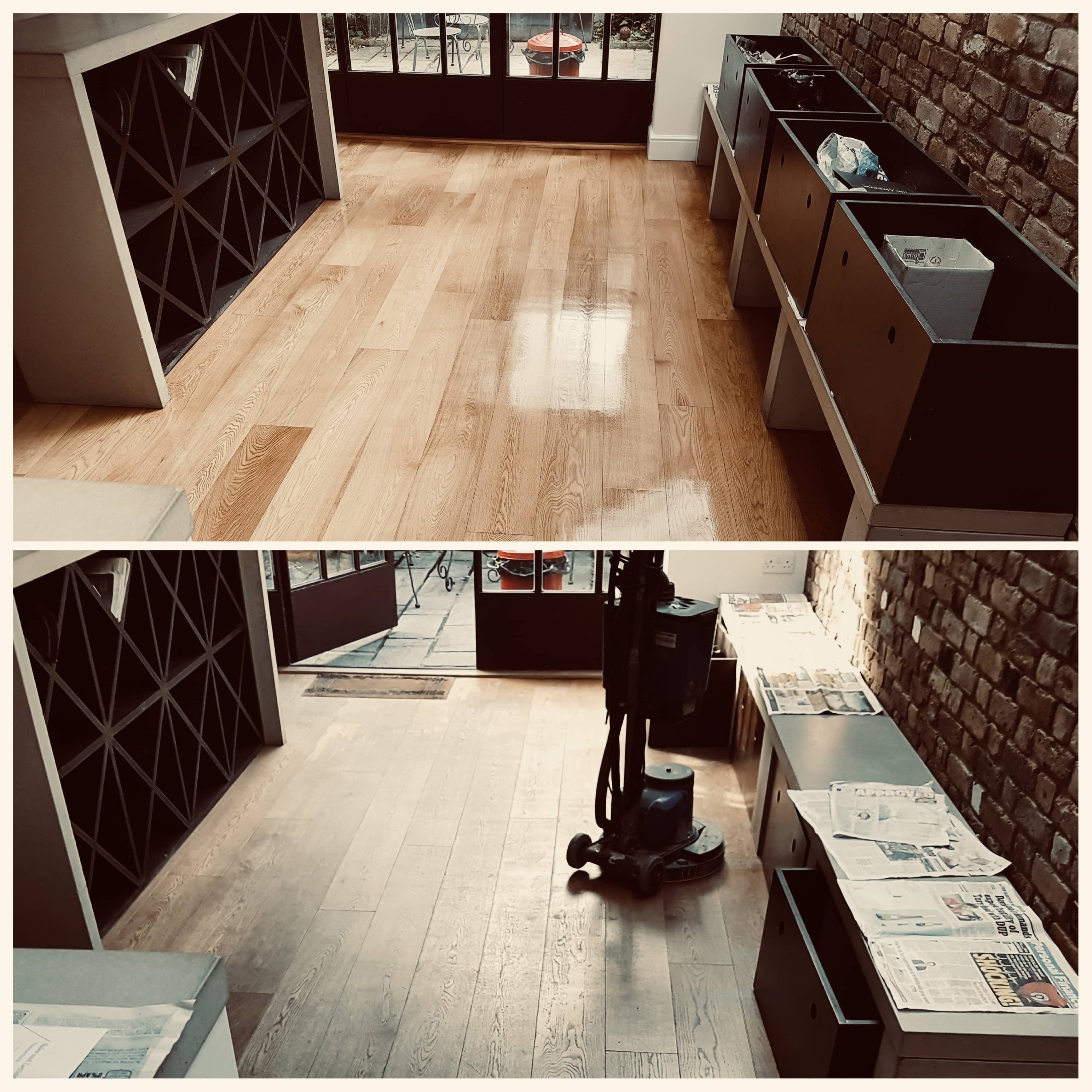

Sanding
We provide virtually dust-free sanding with our continuous belt machinery with mobile extraction units, giving you a safer environment for your family.
Oiling
This organic finish not only adds beauty to your home but also has exceptional water-repellent characteristics, making it easier to clean and maintain.
Waxing
This natural floor finish offers the softest and most mellow appearance – and leaves your floor able to breath.
Buffing
Using soft buffing machines (and hand-polishing where required) will bring a wonderful sheen to your newly-finished floor.
Repairs
We offer a full assessment of your wooden floors to determine what repairs are needed to provide the perfect working surface for the later stages of sanding, staining and sealing.
Restoration
We offer a comprehensive restoration process designed to address floors that are improperly fitted or damaged over time through wear and tear.
Request a fixed price quote for your wood floor restoration now
Simply enter your postcode below to get started.
Services
Wood Floor Sanding Wood Floor Restoration Wood Floor Scratch Repair Squeaky Wood Floor Repair Parquet Floor Sanding Parquet Floor Restoration Commercial Floor Sanding Church Floor Sanding Community Centre Floor Sanding School Floor Sanding Gap Filling Gap Filling with ResinCopyright © Mr Sander®
Privacy & Cookies Terms & Conditions Complaints Procedure Cancellation Rights Sitemap